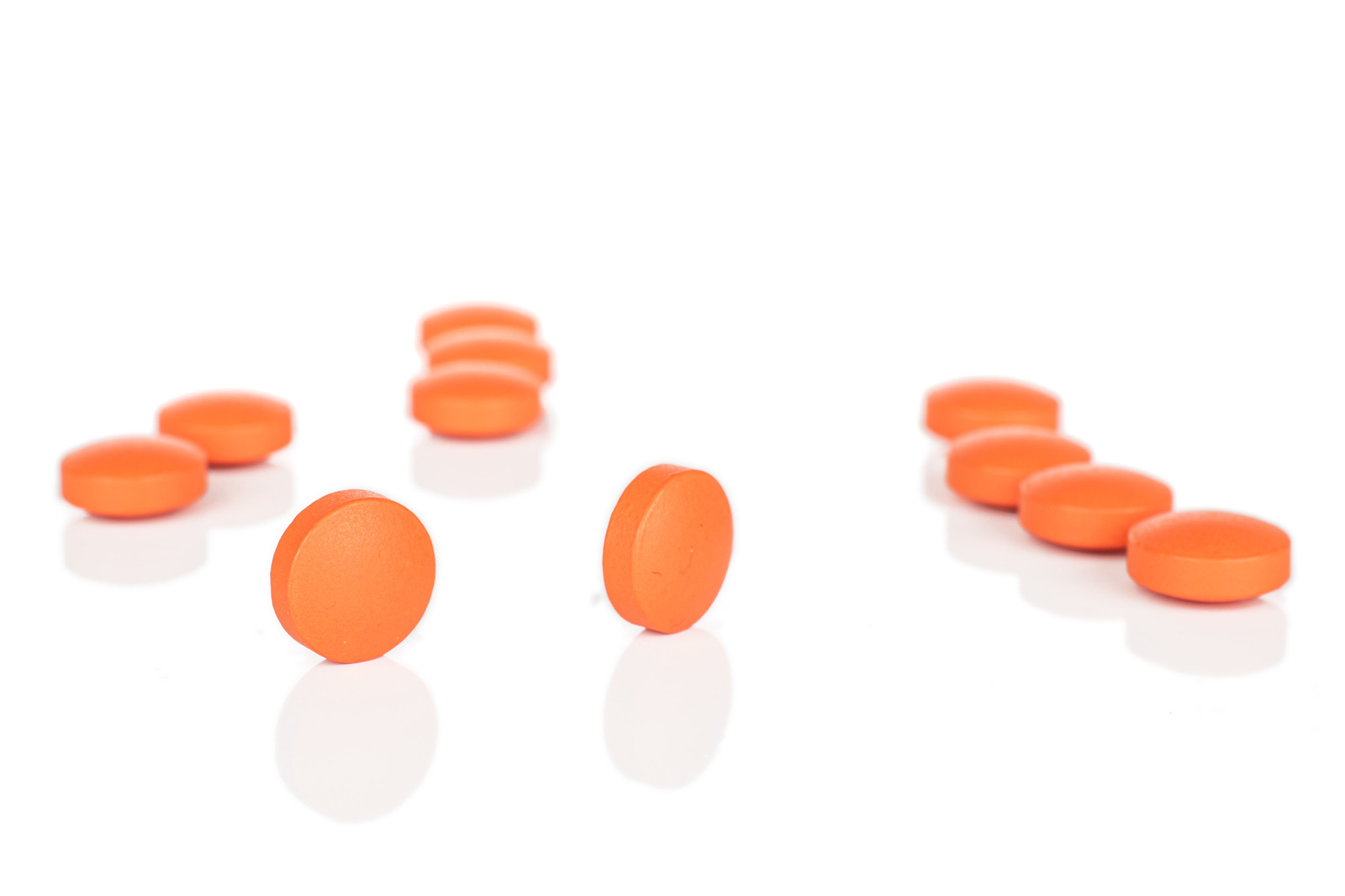15mg Meloxicam Equals How Much Ibuprofen?
The doses for Meloxicam vary widely from the doses for ibuprofen (both non-steroidal anti-inflammatory drugs or NSAIDs), which are not directly interchangeable. However, in most cases, Meloxicam should be taken once daily, whereas ibuprofen can be administered every few hours, depending on the dose.
Drug Facts for Meloxicam and Ibuprofen
While both drugs are nonsteroidal, anti-inflammatory drugs (NSAIDs), Meloxicam is prescribed, and ibuprofen can be obtained over the counter.
What is meloxicam?
Meloxicam is a long-acting NSAID (available under the brand name Mobic) that is available via prescription only. It is a potent cyclo-oxygenase inhibitor that blocks prostaglandins, compounds that cause pain and inflammation.[1]
What are the clinical uses and doses of meloxicam?
Meloxicam is primarily administered to treat chronic arthritis but may also be used to manage pain, swelling, tenderness, and stiffness caused by the following conditions:[2]
- Osteoarthritis (joint pain)
- Rheumatoid arthritis
- Juvenile rheumatoid arthritis
- Moderate or severe pain
The potent NSAID is available in 7.5 and 15 mg doses, with only one recommended daily dose. The most common form is tablets, but it also comes in capsules, suspension, and disintegrating tablets.
What are meloxicam’s side effects?
The most common side effects of meloxicam use include diarrhea, gas, heartburn, and indigestion. Some less common side effects include:[3]
- Severe nausea
- Seizures
- High blood pressure
- Difficulty breathing
- Pounding in the ears
- Face swelling or puffiness
- Yellow tint to eyes or skin
- Unusual bleeding or bruising
- Severe sunburn
- Dizziness, faintness, or lightheadedness
- Chest tightness or discomfort
- Stomach bloating or pain
- Skin blisters or sensitivity to sunlight
- Loss of appetite
If you experience these less common side effects, consult your healthcare provider immediately.
What is ibuprofen?

Like meloxicam, ibuprofen is also an NSAID sold under the brand names Advil and Motrin. ibuprofen is available over the counter (OTC) and via prescription in higher doses. This NSAID drug works similarly to meloxicam by blocking pain-signaling enzymes to reduce the experience of pain. [4]
What are the clinical uses and doses for ibuprofen?
Ibuprofen is taken or prescribed to treat:[5]
- Inflammation
- Rheumatoid arthritis
- Mild to moderate pain
- Osteoarthritis
- Menstrual cramps (dysmenorrhea)
Over-the-counter options for ibuprofen are typically 200 mg per tablet, and the usual dose is 200-400 mg every 4 to 6 hours as needed.[6] This NSAID is available in larger doses and longer-acting formulas via prescription and should not exceed 1200 mg daily for OTC drugs and 3200 mg daily for prescriptions.
Ibuprofen Side Effects
While it should alleviate pain symptoms, ibuprofen is associated with several adverse effects, including:[7]
- Bleeding
- Stomach ulcers
- Rashes
- Liver damage (rare)
- Hypertension
- Possible kidney damage
Is ibuprofen or meloxicam better for pain?
The effectiveness of any medication will vary from person to person. Your experience will depend on the severity of your pain, medical history, overall health, and other factors. However, some studies have shown that they may be equally effective.
In a double-blind, randomized clinical trial, 7.5 mg of meloxicam, 650 mg of acetaminophen, and 400 mg of ibuprofen were compared to determine their efficacy in reducing post-op dental pain. The results indicated no significant difference in pain perception.[8] This indicated that the effectiveness of all three drugs was equivalent.
What are the primary differences between Mobic (meloxicam) and ibuprofen?
The primary difference between these two NSAID medications is that meloxicam is a long-acting drug taken once per day, while ibuprofen is an over-the-counter drug taken as needed. Extended-release forms of ibuprofen are available but also require a prescription.
Additionally, meloxicam carries an increased risk of gastric or cardiac issues.[9] The FDA has also approved ibuprofen to treat a wider range of pain or inflammatory conditions, whereas meloxicam is primarily for arthritic conditions.
15 mg meloxicam equals how much ibuprofen? [CHART]
It’s impossible to draw a direct correlation when comparing meloxicam vs ibuprofen. They are available in different doses and are administered on different timelines, as seen here in this meloxicam vs. ibuprofen chart:[10][11]
Drug |
Doses |
Available Forms |
Timeline |
| Meloxicam |
|
|
|
| Ibuprofen |
|
|
|
Meloxicam Drug Interactions
Several other drugs and substances are not recommended to mix with NSAIDs, including meloxicam.
Can you take meloxicam with ibuprofen?
Both medications are NSAIDs, which can lead to gastrointestinal issues. It is not recommended to mix two drugs of the same type at the same time, including meloxicam and ibuprofen. When considering the use of multiple NSAIDs, such as ibuprofen and meloxicam, it is generally recommended to avoid concurrent use altogether. If there is a need to switch from one NSAID to another, consult a healthcare provider for personalized advice.
These are general recommendations and are not to be taken as medical advice. Always consult your primary care provider before mixing, changing, or adding to your medication routine.
Can I take meloxicam and Aleve or Tylenol together?
Mixing NSAIDs, such as Aleve (naproxen) and meloxicam, is generally not recommended due to the increased risk of side effects. However, acetaminophen (Tylenol) works differently from NSAIDs and may be used in conjunction with an NSAID like meloxicam for enhanced pain relief, subject to medical advice.
Can I use meloxicam and ibuprofen with alcohol?
No, it is not recommended to drink alcohol while taking meloxicam.[13] Like NSAIDs, alcohol can contribute to or increase the risk of stomach or intestinal bleeding. Consult your physician to determine the best course of action based on your medical history, pain, and overall health.
Get Help For Prescription Misuse and Substance Use Disorder
Whether you’re struggling with meloxicam abuse, painkillers, or any other substance, you can recover from this toxic cycle. Professional treatment, therapy, community, and support are just some interventions that can help you restore your life and body to health and wellness.
Reach out today for yourself or a loved one. We’d love to point you toward additional helpful resources or connect with you directly.


